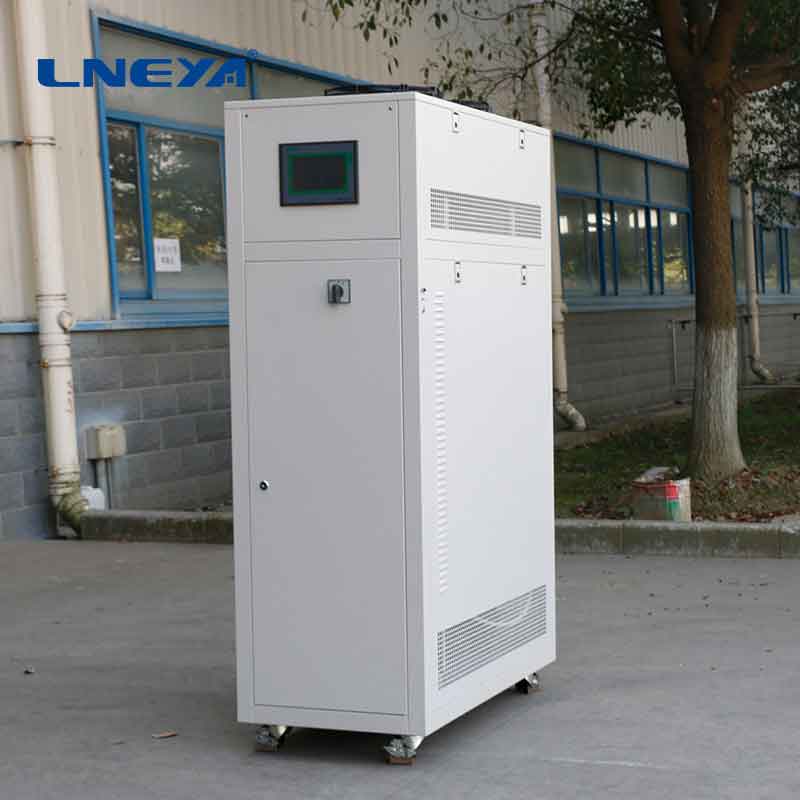electronic test systems
Electronic Test Systems: Ensuring Reliability and Performance
Electronic test systems play a pivotal role in the design, development, and manufacturing of electronic devices and systems. These systems are used to detect defects, validate performance, and ensure the reliability of electronic components and systems. As technology advances, the complexity of electronic devices has increased, necessitating more sophisticated testing methods and equipment.

Principles of Electronic Test Systems
The fundamental principle of electronic testing is to exercise a product and analyze its response to determine if it functions correctly. This process involves the application of test vectors to the circuit under test (CUT) and comparing the produced responses with the expected correct ones. Testing can be broadly classified into design verification, production testing, and system testing. Design verification ensures that the design meets the specifications, while production testing checks for manufacturing defects. System testing validates the performance of the device in its operating environment.
Types of Electronic Test Systems
Electronic test systems can be categorized based on their application and functionality:
In-Circuit Test (ICT): ICT involves making contact with the internal nodes of a circuit board to test the components without removing them from the board.
Boundary-Scan Testing: This type of testing uses a special boundary scan chain within the integrated circuits to test the connections between components on a board.
Functional Testing: Functional testers verify the correct operation of a device with respect to its functional specifications.
Structural Testing: Structural tests check for physical defects such as opens, shorts, and stuck-at faults.

Automated Test Equipment (ATE): ATE systems are used for high-volume production testing, offering automated, high-speed testing of electronic devices.
Applications of Electronic Test Systems
Electronic test systems are used in a wide range of applications, including:
Manufacturing: In the manufacturing process, test systems are used to ensure that products meet quality standards before they are shipped to customers.
Research and Development: Test systems are essential for validating the performance of new designs and for debugging during the development phase.
Maintenance and Repair: In the field, test systems are used for diagnosing faults in electronic equipment, aiding in maintenance and repair activities.
Technology Advancements
The field of electronic testing is continuously evolving with new technologies and methodologies. Some of the recent advancements include:

Built-In Self-Test (BIST): BIST is a design technique where parts of a circuit are used to test the circuit itself, reducing the need for external test equipment.
High-Speed Testing: With the increasing speed of electronic devices, test systems must be capable of generating and analyzing signals at very high frequencies.
Software-Defined Instrumentation: Advances in software-defined instrumentation are enabling more flexible and adaptable test systems that can be reconfigured for different testing needs.
Market Trends
The market for electronic test systems is influenced by several trends, including the growing demand for high-performance electronic devices, the need for more reliable and efficient testing methods, and the increasing complexity of integrated circuits. The semiconductor and computing industries are expected to be the largest end-user industries for electronic test equipment, driven by the need for automated test equipment to improve performance and reduce costs.
In conclusion, electronic test systems are indispensable tools in the electronics industry, ensuring the quality and reliability of electronic devices and systems. As technology continues to advance, the capabilities of electronic test systems will become even more critical in meeting the demands of increasingly complex electronic products.
Related recommendations
water chiller cost
653Understanding Water Chiller Costs Water chiller systems are essential for maintaining optimal temperatures in various industrial and commercial applications. The total cost of owning and operat...
View detailscool heating
387Introduction to Cool Heating SystemsCool heating systems are designed to regulate the temperature of an enclosed space, providing warmth during cold periods and coolness during hot ones. These sy...
View details50 ton water chiller
51050 Ton Water Chiller: Medium-Scale Cooling Solutions for Commercial and Industrial Applications A 50-ton water chiller is an essential piece of HVAC equipment capable of managing significant th...
View detailsheating equipment
272Heating equipment plays a pivotal role in modern life, ensuring warmth in homes during cold seasons and providing the necessary thermal energy for various industrial and commercial activities. Fro...
View details
 LNEYA Chiller
LNEYA Chiller





HelloPlease log in